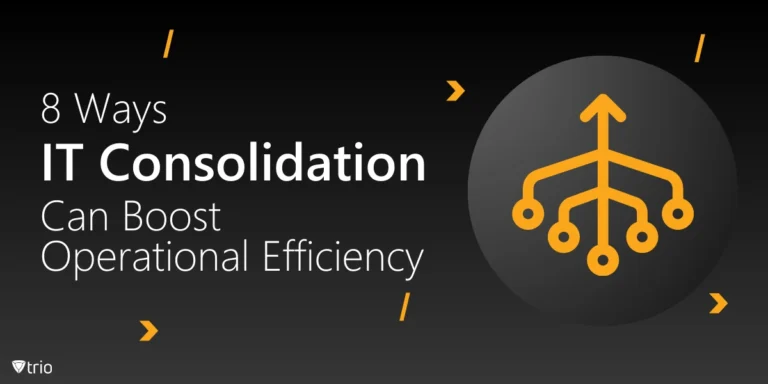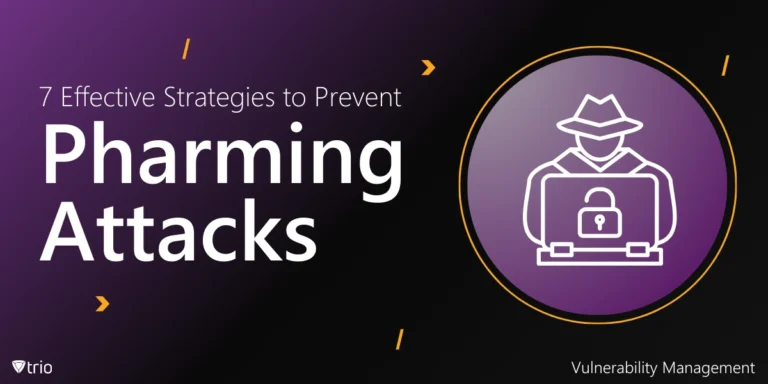The Federal Risk and Authorization Management Program (FedRAMP) is a U.S. government-wide program that standardizes the approach to security assessment, authorization, and continuous monitoring for cloud products and services. It’s designed to ensure that federal data hosted on commercial cloud services is protected under a rigorous set of security requirements. FedRAMP compliance is crucial for any Cloud Service Provider (CSP) seeking to work with federal agencies, as it ensures that their services meet specific security standards, thereby minimizing cybersecurity risks. In this blog post, we’ll explore what FedRAMP is, how it works, and why it’s essential for cloud service providers.
What is FedRAMP?
FedRAMP was created to help federal agencies adopt cloud computing solutions in a secure, cost-effective manner. By creating a standard set of security requirements, FedRAMP enables agencies to quickly and safely evaluate cloud services without needing to assess each provider individually. The program is managed by the FedRAMP Program Management Office (PMO) and works closely with the National Institute of Standards and Technology (NIST), the Department of Homeland Security (DHS), and other key government bodies. In 2023, the FedRAMP Authorization Act was passed in Congress. This bill provides statutory authority for FedRAMP within the General Services Administration (GSA).
The program establishes a “do once, use many times” framework, which means once a cloud service provider is authorized by FedRAMP, federal agencies can use that service without additional, agency-specific security assessments. This framework not only saves time and resources but also fosters a more streamlined and efficient approach to federal cloud adoption.
FedRAMP Authorization Process
Obtaining FedRAMP authorization is a detailed process that requires cloud service providers to demonstrate compliance with specific security controls outlined in the NIST Special Publication 800-53. The FedRAMP requirements checklist is divided into three main phases:
1. Preparation
The first step in the FedRAMP authorization process involves thorough planning and preparation. This includes understanding FedRAMP requirements, conducting an internal assessment to ensure alignment with those requirements, and selecting a suitable pathway for authorization. Providers may seek a FedRAMP Agency Authorization, which involves working with a specific federal agency sponsor, or a JAB Authorization, which involves the Joint Authorization Board (JAB), a collective of federal security experts from the Department of Defense (DoD), Department of Homeland Security (DHS), and General Services Administration (GSA).
2. Security Assessment
In this phase, CSPs conduct a rigorous security assessment through a Third-Party Assessment Organization (3PAO). This independent organization evaluates the cloud service provider’s security controls and ensures compliance with FedRAMP standards. The 3PAO reviews aspects such as access control, encryption, risk management, and incident response. Once the assessment is complete, the CSP will submit the package to either the JAB or an agency sponsor for review.
3. Authorization and Continuous Monitoring
If the security package is approved, the cloud service receives an Authorization to Operate (ATO) from the sponsoring agency or the JAB. However, FedRAMP doesn’t end at authorization. The program requires CSPs to engage in continuous monitoring to maintain their authorized status. This includes regular vulnerability scans, security assessments, and periodic reporting. Continuous monitoring ensures that the cloud service remains compliant with FedRAMP standards over time, adjusting to new threats as they emerge.

Key Benefits of FedRAMP Compliance
FedRAMP compliance provides numerous benefits for cloud service providers, federal agencies, and the public. Some of the key benefits include:
- Standardized Security: By following a set of uniform security controls, FedRAMP ensures consistent security across federal cloud services, minimizing vulnerabilities.
- Increased Market Access: FedRAMP authorization opens the door for cloud providers to offer their services to the federal government, a significant market segment.
- Cost Savings: Agencies save time and resources by relying on FedRAMP-authorized cloud services rather than conducting individual assessments.
- Continuous Security Monitoring: The ongoing monitoring required by FedRAMP ensures that cloud providers maintain a high level of security and adjust to evolving threats.
FedRAMP Compliance Levels
FedRAMP impact levels are divided into three main levels: Low, Moderate, and High. These levels align with the sensitivity of data being processed and the potential consequences of a security breach:
- Low Impact: Suitable for systems that handle non-sensitive data. A breach at this level would have limited adverse effects on agency operations, assets, or individuals.
- Moderate Impact: Most federal data falls under this category. A breach could have serious effects but would not be catastrophic.
- High Impact: Reserved for systems that handle highly sensitive data. A breach at this level could have severe impacts on national security, critical infrastructure, or other essential government functions.
Challenges of FedRAMP Compliance
While FedRAMP offers many benefits, achieving and maintaining this IT compliance can be challenging. The rigorous security requirements demand significant resources and expertise, particularly in the areas of continuous monitoring and documentation. Here are some common challenges CSPs face:
- Resource-Intensive Process: Meeting FedRAMP’s extensive security controls requires time, financial resources, and skilled personnel.
- Complexity of Authorization: The authorization process is lengthy and detailed, requiring CSPs to navigate multiple phases and work closely with 3PAOs.
- Continuous Monitoring: Maintaining compliance is an ongoing effort, as CSPs must continuously monitor, update, and report on their security posture.
Despite these challenges, the investment in FedRAMP compliance is valuable for CSPs looking to expand into the federal market. The program’s standardized approach not only enhances security but also builds trust with federal agencies.
See Trio in Action: Get Your Free Trial Now!
Conclusion
Though FedRAMP offers many benefits, compliance may become a challenge for organizations. For cloud service providers seeking FedRAMP automation solutions, Trio offers an innovative solution. Trio, a Mobile Device Management (MDM) solution provides tools for managing security, enforcing access controls, and implementing continuous monitoring—all crucial aspects of FedRAMP compliance. With Trio, cloud providers can ensure their services meet FedRAMP standards, protect sensitive federal data, and gain a competitive edge in the federal marketplace. Ready to achieve FedRAMP compliance? Start your free trial with Trio today and see how our MDM solution can help streamline your security management. Get Started Now!




